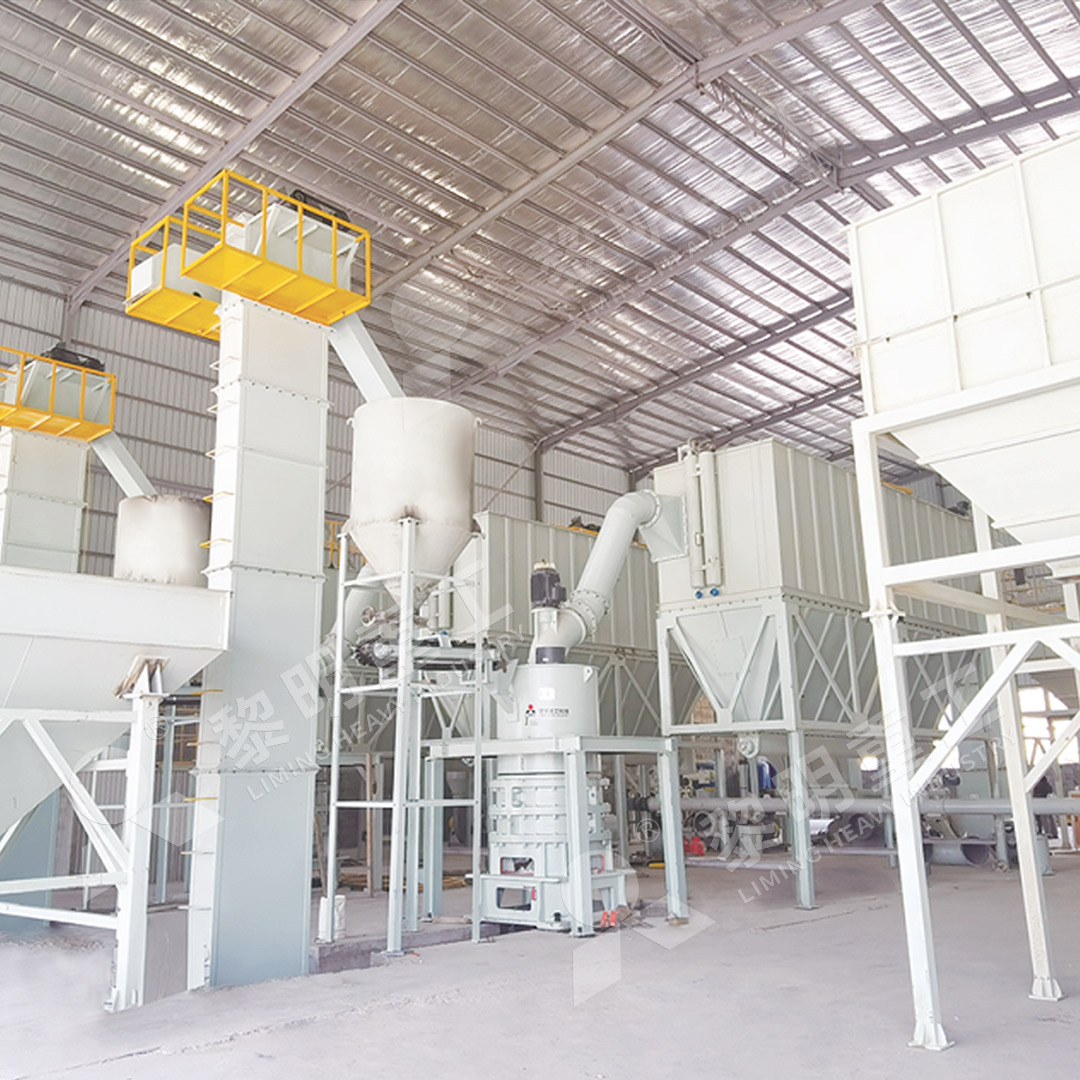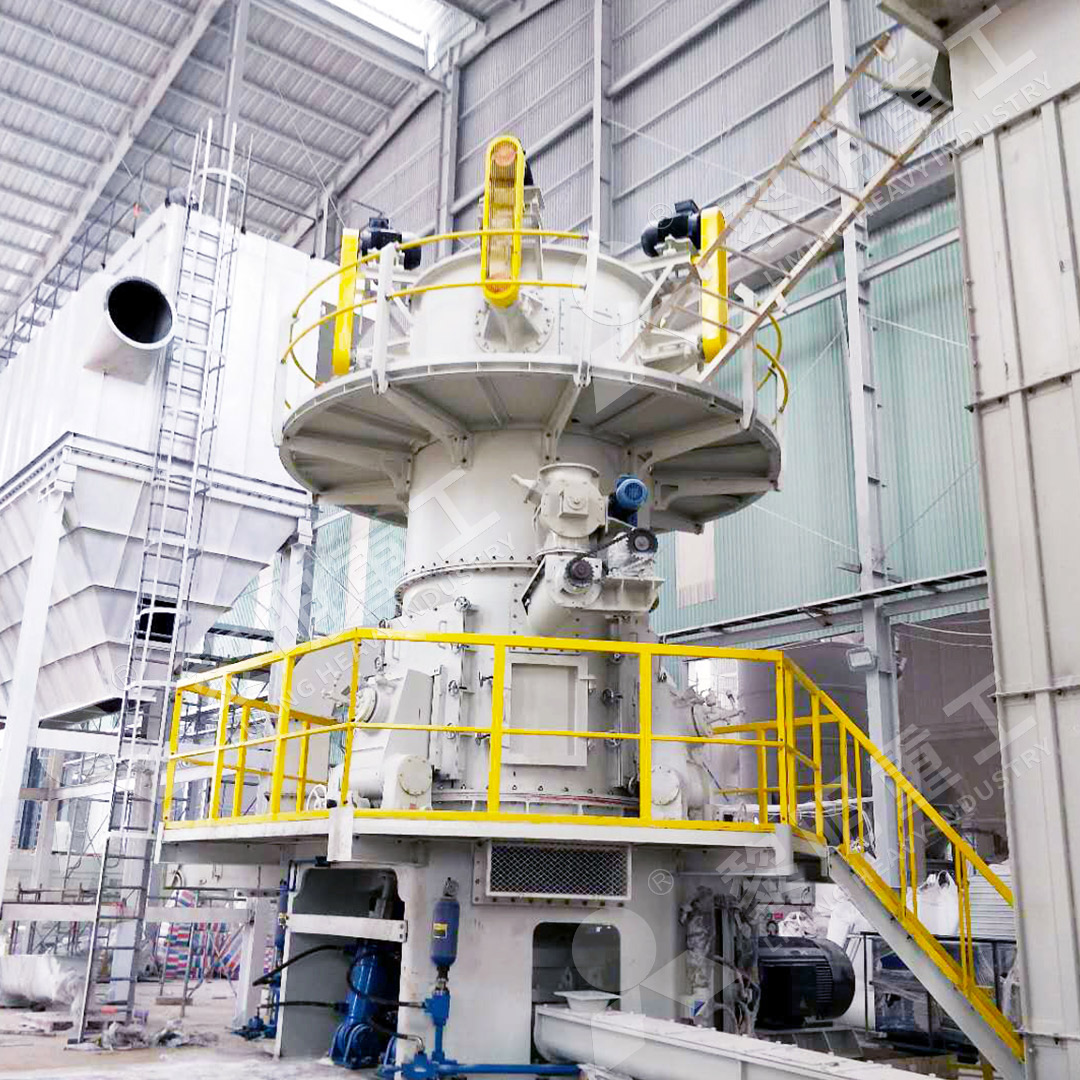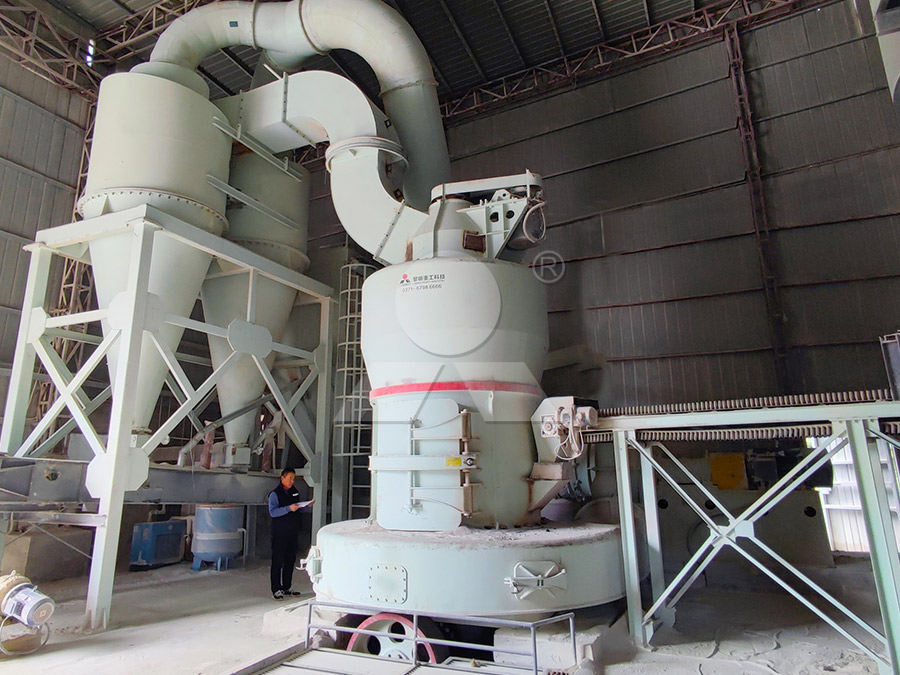How Much Does a Stone Grinding Mill Machine Cost?
How Much Does a Stone Grinding Mill Machine Cost?
As a project manager or business owner in the mining or construction industry, this question likely crosses your mind frequently. The truth is, there’s no single answer—the cost of a stone grinding mill varies dramatically based on multiple factors. Understanding these variables will help you make an informed investment that delivers long-term value.
Stone grinding mills represent significant capital investments, with prices ranging from tens of thousands to several hundred thousand dollars. The final price tag depends on capacity requirements, material characteristics, desired fineness, and specific operational needs.
Key Factors Influencing Grinding Mill Costs
Capacity and Throughput: Larger mills capable of processing higher volumes naturally command higher prices. A machine processing 3 tons per hour will cost significantly less than one handling 50 tons per hour.
Material Hardness and Abrasiveness: Harder materials like granite require more robust construction and wear-resistant components, increasing manufacturing costs.
Fineness Requirements: Achieving ultra-fine powders (below 400 mesh) demands more sophisticated separation technology and precision engineering.
Automation and Control Systems: Advanced PLC controls, remote monitoring capabilities, and automated adjustment features add to the initial cost but improve operational efficiency.
Environmental Compliance: Integrated dust collection systems, noise reduction technology, and emission controls contribute to the overall investment.

Finding the Right Balance: Cost vs. Performance
While initial purchase price is important, savvy buyers consider the total cost of ownership. This includes energy consumption, maintenance requirements, spare parts availability, and operational downtime. A cheaper mill might cost more in the long run if it consumes excessive power or requires frequent repairs.
For operations requiring ultra-fine powders between 325-2500 meshes, our MW Ultrafine Grinding Mill represents an excellent value proposition. With capacities ranging from 0.5 to 25 tons per hour and input sizes up to 20mm, this machine delivers remarkable efficiency. The innovative design eliminates rolling bearings and screws in the grinding chamber, significantly reducing maintenance concerns and potential machine damage from loose components.
What truly sets the MW series apart is its energy efficiency—consuming only 30% of the energy required by jet grinding mills while achieving 40% higher production capacity. The integrated pulse dust collector and muffler system ensures environmentally responsible operation without dust pollution.

Vertical Mill Options for Diverse Applications
For operations prioritizing space efficiency and advanced technology, the LUM Ultrafine Vertical Grinding Mill offers another compelling solution. Processing materials up to 10mm with capacities of 5-18 tph, this mill incorporates the latest Taiwanese grinding roller technology and German powder separating technology.
The LUM series features double position-limiting technology that prevents destructive impacts during operation, while its reversible structure simplifies maintenance procedures. The multi-head powder separating technology reduces energy consumption by 30-50% compared to conventional mills, making it both economically and environmentally advantageous.
Making Your Investment Decision
When evaluating grinding mill costs, consider your specific production requirements, available space, power costs, and long-term operational goals. Request detailed quotations that include installation, commissioning, and training costs. Don’t hesitate to ask for references from similar operations and verify spare parts availability and delivery times.
Remember that the right grinding mill should be viewed as a productivity partner rather than just equipment. The optimal choice balances initial investment with operational efficiency, maintenance costs, and production quality.

Frequently Asked Questions
What is the typical price range for a medium-capacity grinding mill?
Medium-capacity mills (5-20 tph) typically range from $80,000 to $250,000, depending on specifications and technology level.
How much does installation and commissioning add to the total cost?
Installation and commissioning typically add 15-25% to the equipment cost, covering foundation preparation, electrical work, and operational training.
What ongoing operational costs should I anticipate?
Key operational costs include energy consumption (typically the largest expense), wear parts replacement, maintenance labor, and potential downtime.
How long until I see return on investment?
ROI periods vary widely but typically range from 12-36 months, depending on production volume, material value, and operational efficiency gains.
Do you offer financing options or payment plans?
Most reputable manufacturers work with financial partners to offer various financing solutions, including leasing options and installment payment plans.
